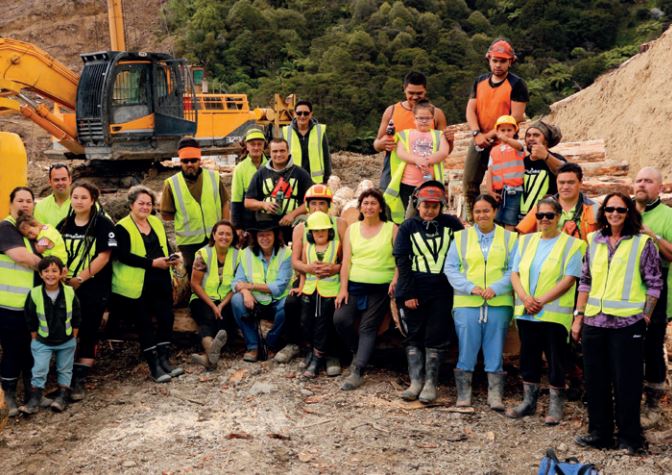Alarming rates of Māori workplace injuries and fatalities lead to new NZ safety approach

Just one death in a workplace is one too many, but when workplace fatalities in New Zealand are 19 per cent higher* for Māori than for non-Māori, it demands attention.
So, why are Māori workers more susceptible to workplace injuries and fatalities than non-Māori workers?
Maruiti 2025:
In 2016 WorkSafe New Zealand (WorkSafe NZ), the Accident Compensation Corporation (ACC) and Ngati Porou – a tribal group on New Zealand’s South Island – collaborated on an initiative to investigate the causes and find a solution.
It resulted in Maruiti 2025. The Maruiti (‘safe haven’) initiative has two goals: that Māori workplace injury, health and fatality impact would be equal to or lower than non-Māori by 2025, and that WorkSafe NZ would meet Māori culture capability and capacity excellence (Te Ao Māori) by 2020.
Māori workers in 2016 made up a quarter of WorkSafe NZ’s five key industry sectors of agriculture, construction, forestry, manufacturing and health care.
A higher rate of temporary employment among Māori contributed to the higher rate of injuries and deaths because of typically poorer conditions, less job control, taking on more dangerous work no-one else wanted to do and little or no access to training.
The pilot program:
A grassroots and holistic pilot program, the Te Ao Maruiti Health and Safety Learning Pilot, was established to address these issues based on the advice of the Ngati Porou that a ‘kaupapa’ approach was needed to help drive change. That is, one which would engage workers, their extended families and their communities in a meaningful way.
WorkSafe NZ found that the kaupapa approach, traditionally used by Māori to sustain their identity and physical and mental wellbeing, had not previously been considered in health and safety interventions.
The approach places greater emphasis on Māori life and engagement of the whole community in the workplace, rather than just the workers.
The initiative not only allowed for workers and their families to participate in health and safety issues in a culturally appropriate and empowering way, but also allowed for recognition and respect for the deep spiritual beliefs Māori have about their environment. Introducing the Māori language into the initiative also helped to empower workers and their families.
The Maruiti pilot program identified numerous issues that Māori workers would not otherwise have raised without the help of their community.
These included feelings of being marginalised in the labour market, being looked down upon in the workplace, believing their workplaces put ‘production over people’ and therefore continuing to work when unwell, and working hours and in locations that make access to health services difficult.
Being subject to racism and discrimination also contributed to poor health outcomes.
The program ran between March and December 2017 and was evaluated in March and April 2018.
The structure consisted of four learning lessons of eight hours each and included workplace safety regulations, Māori processes and practice, Māori mythology, risk management, leadership, the effects of health on work and more.
Outcomes and sustainable change:
Maruiti 2025 focuses on engagement, education and enforcement across the different industry sectors.
Businesses and work health and safety (WHS) officers can help achieve the vision created by the initiative by respecting the goals of partnership, protection and participation.
These three key principles involve:
- Ensuring Māori practices become part of the fabric of the extended community and of health and safety learning
- Sharing best practice health and safety education across the region
- Supporting leadership and training opportunities for Māori
- Consistently managing risks and issues
- Ensuring workers and their extended families are connected to social and health community services.
The aims and practices of the Te Ao Maruiti Health and Safety Learning Pilot are incorporated into WorkSafe NZ’s overall action plan for reducing harm in the workplace.
*This is a 2004 statistic. WorkSafe NZ expects updated figures for Māori by industry, occupation, gender and age to be available by mid-2019.








































































